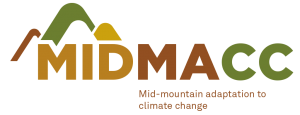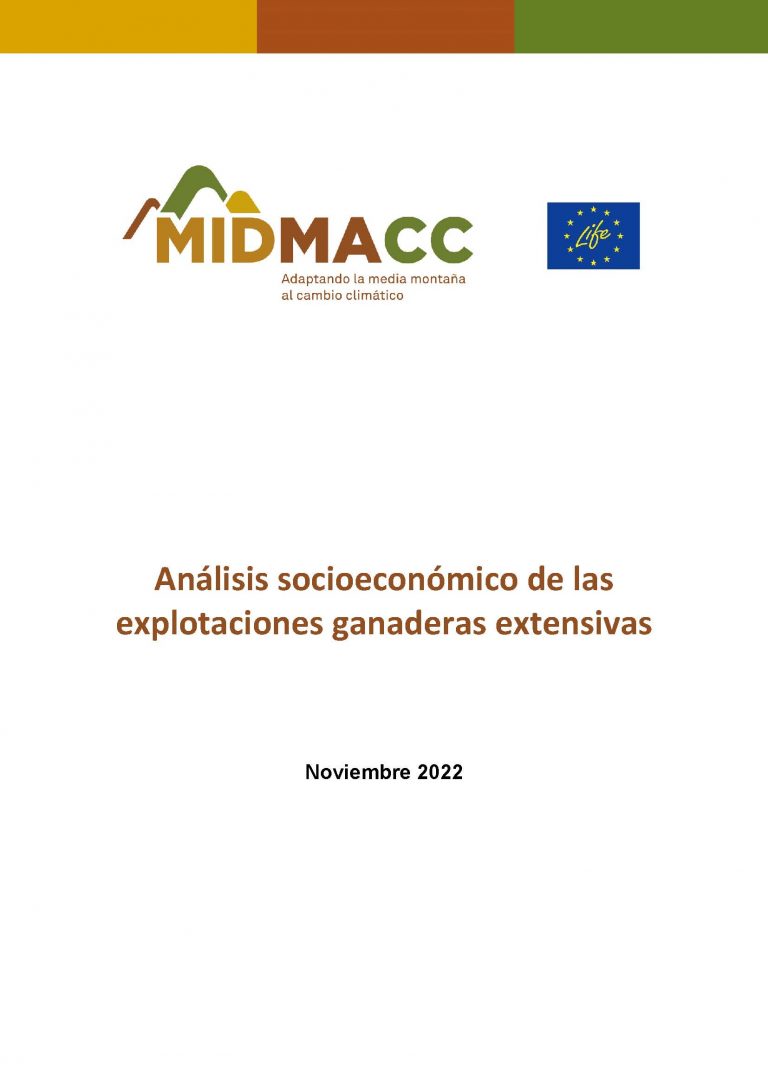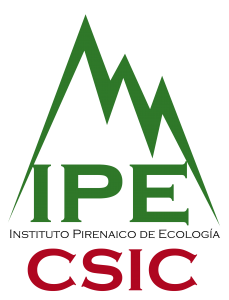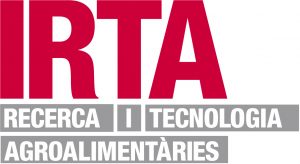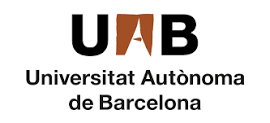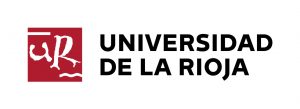The socio-economic analysis of the landscape measures, included in deliverable 21, is complemented with the following three reports:
- The socio-economic analysis of the extensive livestock farms: This report analyses the most important economic costs and incomes of the four extensive livestock farms participating in the LIFE MIDMACC project, representing, at the same time, the socio-economic situation of each of them. The analysis was elaborated by collecting economic data through protocols and semi-structured interviews with the farmers themselves. The results show that animal management varies according to the area, the animals and the number of workers. In particular, the animals graze for a large part of the time, but there is always a minimal need for supplementation. Furthermore, it is important to note that the highest cost is feed, which represents 47%, 61% and 58% of the total costs per LU in the profiles analysed.
- The economic costs of two adaptation measures: This report estimates and analyses the economic costs of two of the climate change adaptation measures carried out in the pilot experiences of the LIFE MIDMACC project: Pasture recovery through scrubland clearing and introduction of extensive livestock farming and forest management for fire risk prevention and maintenance with extensive livestock farming. The analysis and the estimation was elaborated through the collection of economic data by means of protocols, the search of tariffs from public and private companies, and interviews with professionals specialized in forestry activities. In addition, an economic study on the “Shrub Clearing Plan” applied by the Government of La Rioja was used as the main source for the cost-benefit analysis of the first of the measures.
- The economic costs of the vineyard adaptation measures: This report estimates and analyses the economic costs of the climate change adaptation measures carried out in the vineyard pilot experiences of the LIFE MIDMACC project. The initial costs of planting a mountain vineyard are very high due to different factors that vary according to the area, and the circumstances and services that support the cultivation are necessary. The costs of pilot experiences with cover crops are lower than those of conventional systems; the two main trellising systems are being analysed and it is questioned whether the trellis is more economically viable than the bush or gobelet system. The slopes, if they are very steep, are managed in terraces, as in the case study, and then production becomes more expensive due to manual harvesting. The costs of the practices are collected in this subsection and cross comparisons are established. At the same time, the difficulties encountered by mountain winegrowers are also shown, and what the solutions and financial costs are in each case.
